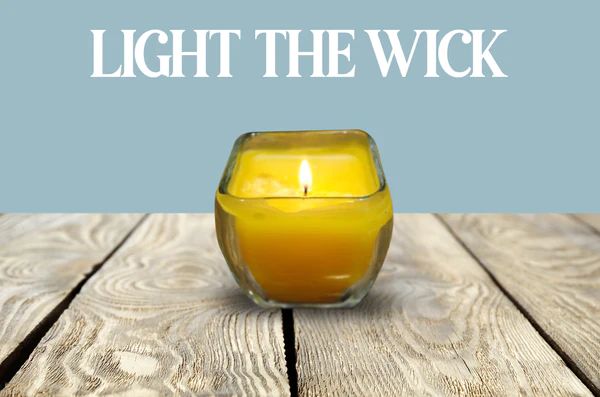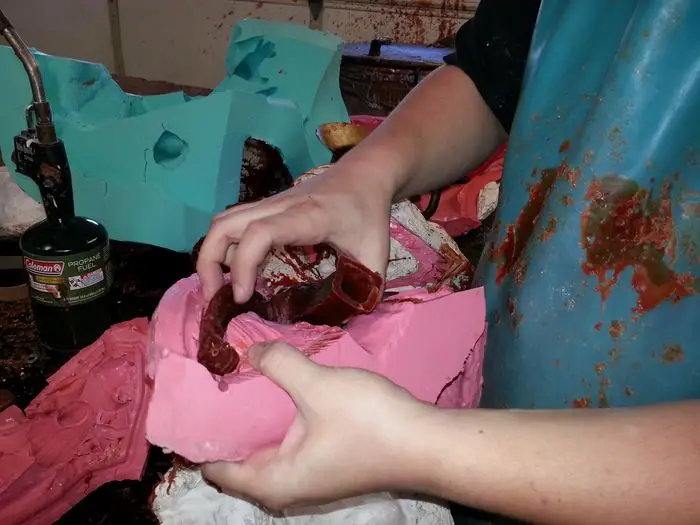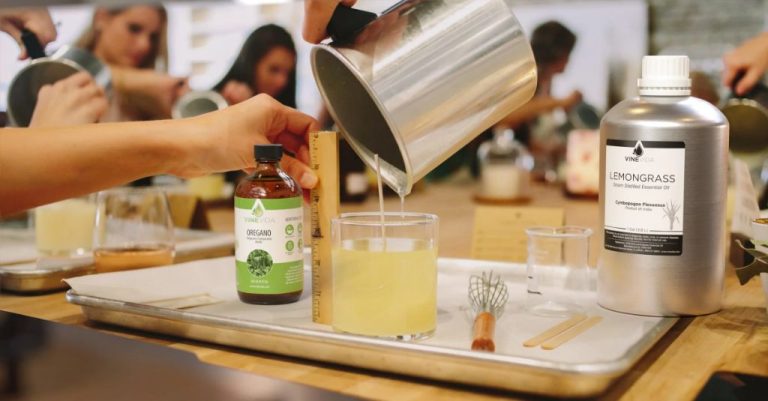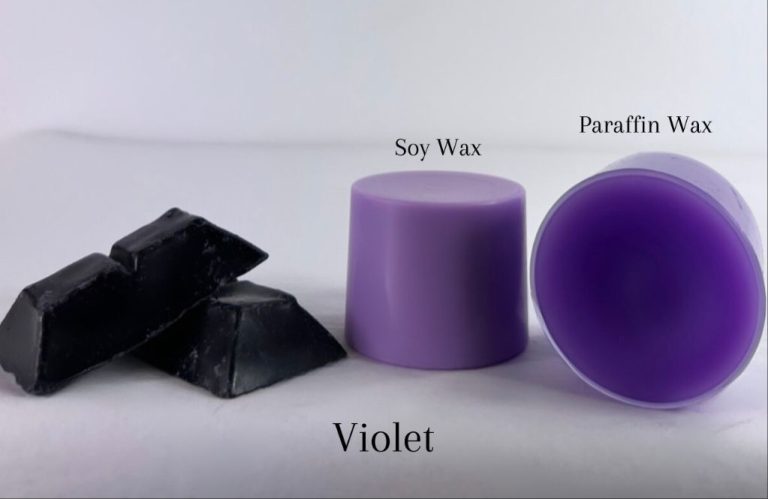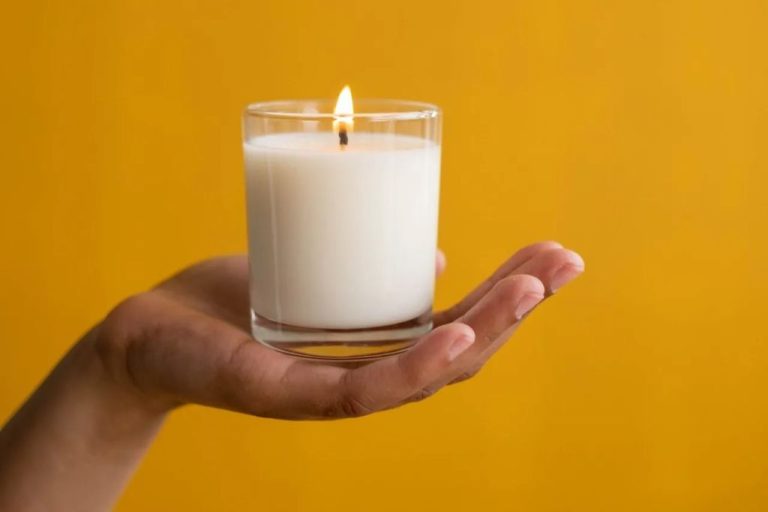Is Candle Making An Art In The United States
The definition of art has long been debated by philosophers, artists, and scholars. According to the Stanford Encyclopedia of Philosophy, “The definition of art is controversial in contemporary philosophy. Whether art can be defined has also been a matter of controversy.” [1] Merriam-Webster dictionary defines art as “the conscious use of skill and creative imagination especially in the production of aesthetic objects.” [2]
Candle making involves both creative imagination and aesthetic skill in producing handmade candles. While not always considered a “fine art,” the craft of candle making does involve artistic elements like color, fragrance, shape, and decorative patterns. As we explore the history and modern practice of candle making in America, we will analyze the extent to which it can be considered an artistic pursuit or traditional craft.
History of Candle Making
Candle making dates back thousands of years to ancient civilizations like Egypt, Rome, and China. Candles were originally made from tallow, which is animal fat, and beeswax. The earliest candles were simple and functional – used mainly for lighting. As candle making techniques evolved over time, decorative candles emerged and began being produced in quantities for churches, the wealthy, and eventually the general public.
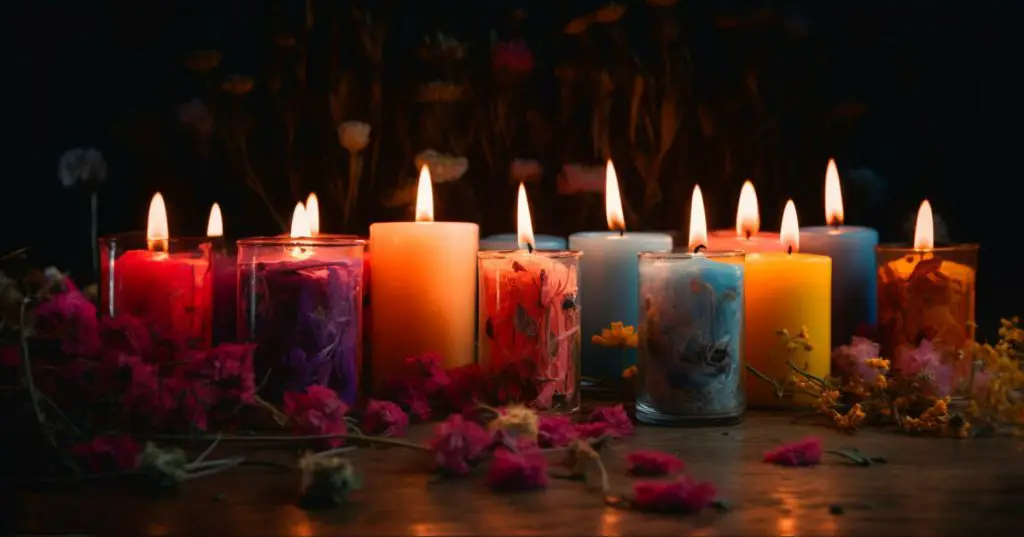
In early America, candle making was a necessity for providing light in the home. It was a skill practiced in households, especially in preparation for the winter months. As candle making methods became more advanced, the colonial candle industry grew through the 1700s. In the 1800s, innovations like paraffin wax, stearin additives, and candle molds improved efficiency and led to the commercialization of candle making.
Over time, candle making evolved from a basic domestic necessity to a commercial industry, and further into an artistic craft. As lighting technology changed, the functional role of candles diminished, allowing their ornamental and aesthetic purposes to expand. Today, while most candle making is done commercially in factories, there is still a thriving hobbyist and artisanal community practicing candle making as a creative outlet. The history of candle making thus illustrates both the practical evolution of the candles themselves, as well as the cultural progression in how they are perceived and valued.
Candle Making Process
Candle making involves a few basic steps. First, the appropriate wax needs to be chosen, such as paraffin, soy, or beeswax (Source). The wax is then melted using a double boiler or melting pot. Once the wax reaches the proper temperature, which varies based on wax type, fragrance oil can be added if desired. Next, the wick needs to be centered in the candle vessel or mold before pouring in the melted wax. The wax is left to fully harden before the wick is trimmed. There are some variables, such as whether the candle is being made in a mold versus a vessel, that can change some steps.
There are a variety of techniques used in candle making as well. These include layering, embedding, and swirling (Source). Layering involves pouring different colored wax layers. Embedding adds items into the candle wax like flowers or glitter. Swirling combines colored wax together in creative patterns. The options allow for artistic freedom when making candles.
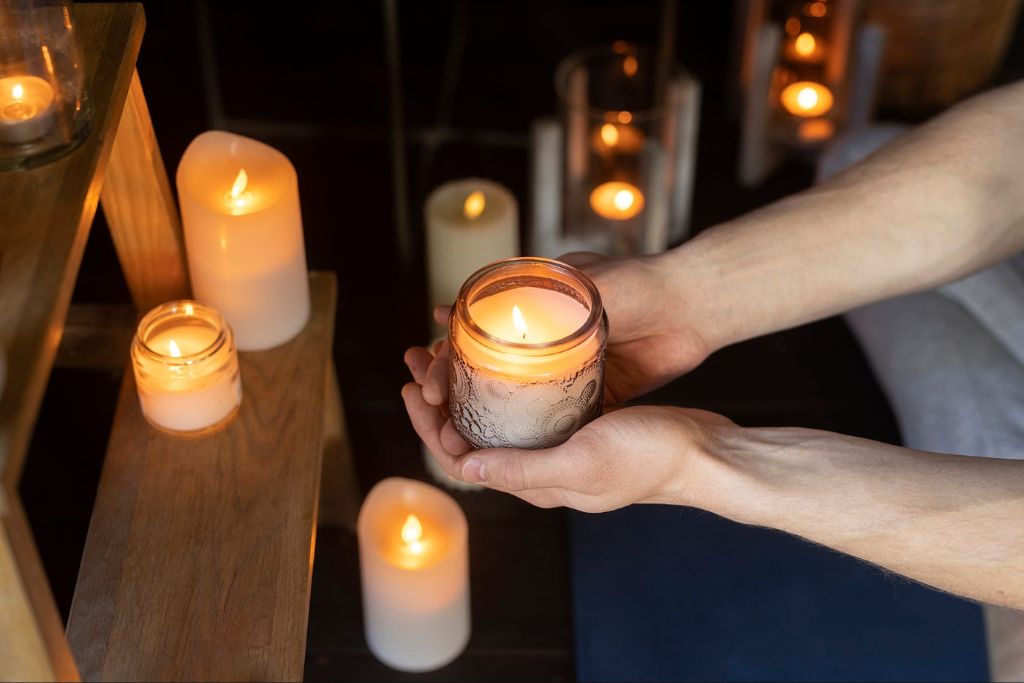
Creative Aspects
Candle making allows for immense creativity in the choice of materials, colors, scents, and shapes used (The Art of Creativity: The Ultimate Guide, with Step by …). The range of waxes, wicks, dyes, and fragrances available means candle makers can create unique sensory experiences through their artistic vision. Combining colors, layering wax, embedding objects, carving shapes, and more can result in one-of-a-kind candles that showcase the maker’s style.
Experimenting with different wax materials like soy, beeswax, paraffin, or palm wax expands the diversity of textures and burning qualities possible. The inclusion of items like seashells, dried flowers, or glitter transforms standard cylindrical candles into sculptural centerpieces. Candle makers also get creative with unconventional molds using materials like silicone, wood, or metal to shape candles into recognizable forms. Ultimately, the possibilities are endless for artistic expression through candle materials and construction techniques (Candle Making: The Art of Creativity: The ultimate guide …).
Artistic Considerations
Candle making allows for a tremendous amount of creativity and self-expression. The aesthetic qualities of handmade candles are what make the art form so unique and appealing. Candle makers can experiment with different colors, scents, shapes, and decorative elements to create one-of-a-kind candles that reflect their artistic vision and style.
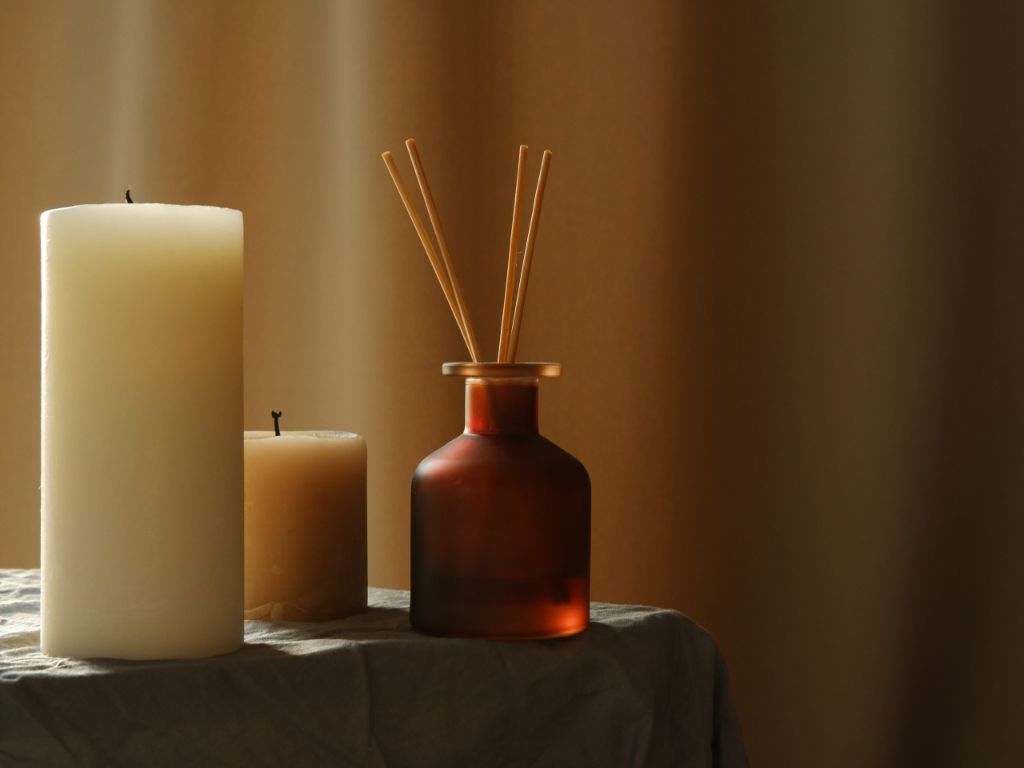
The range of artistic possibilities with candle making is vast. Makers can sculpt candles into intricate shapes and designs, or keep it simple with clean, minimalist pillars. They can layer colors and fragrances to produce stunning visual and olfactory effects. The finishing touches like packaging, labels, and decorative embellishments offer further means for creative decoration.
Many candle makers view their craft as an outlet for artistic experimentation and self-expression. They find the tactile process of crafting candles by hand intrinsically rewarding. The ability to share their unique aesthetic with others through their handmade creations is a source of pride and fulfillment. As one maker stated, “I love being able to create little works of art that people can enjoy in their homes” (Source).
Economic Factors
The candle making industry in the United States is a multi-billion dollar market. According to a report by IBISWorld, the market size of the candle manufacturing industry was $3.7 billion in 2022. The industry has grown at an average annual rate of 1.7% between 2018 to 2023. The market is projected to continue growing at a rate of 2.94% between 2024-2028, resulting in expected revenues of $2.47 billion by 2028 (IBISWorld).
The National Candle Association reports that total U.S. retail sales of candles are around $3.14 billion annually. The candle industry accounts for approximately 7.5% of the total U.S. fragrance market (Source: National Candle Association). Key factors driving growth include increasing consumer demand for home fragrance products and growth in online shopping. Customization and personalization in candle designs has also emerged as a trend supporting industry growth.
Community of Practice
Candle making in the United States has a passionate community of dedicated practitioners. Many gather in online communities like the Candle Making for Everyone: A CandleScience Community Facebook group, which has over 120,000 members discussing all aspects of candle making. Groups like these allow makers to ask questions, learn techniques, and network with fellow enthusiasts.
The candle making community also connects at annual trade shows and events. The National Candle Association hosts an annual conference bringing together manufacturers, suppliers, and retailers. Regional events like the Ohio Candle Makers Fest provide hands-on workshops and vendor fairs. These events allow candle makers to showcase their products, take classes, and share ideas.
On a local level, candle making studios and classes have popped up across the country. People can go to learn the craft in a hands-on environment and become part of a creative community. This growth shows how candle making has evolved from solely a commercial endeavor to an artistic and social experience for many.
Comparisons to Other Arts
Similar to sculpture, candle making involves molding and shaping a malleable material into a fixed form. Just as a sculptor utilizes clay, stone, or metal, a candle maker uses wax as the primary artistic medium (Learn how to make candles, https://www.candlescience.com/learn-candle-making/). The candle maker must have a vision for the finished product and carefully craft each component to achieve the desired result. They experiment with different wicks, scents, oils, dyes, and molding techniques to produce unique designs and effects. The handmade process allows the artisan to impart their personal creative touch in each candle.
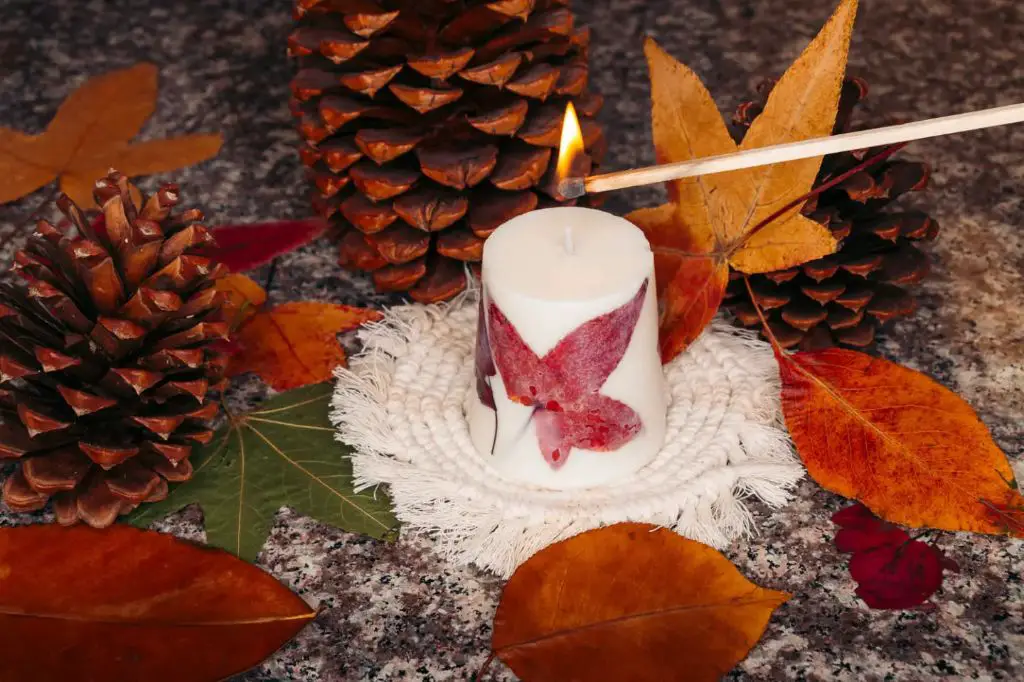
There are parallels between candle making and painting as well. The colors, patterns, and shapes layered throughout a candle can produce visual compositions reminiscent of a painting. Candle makers think about color palettes, gradients, and abstract designs. They can embed various objects and materials into their candles to add further dimension, similar to a mixed media painting. The finished candle becomes an artistic still life. Just as a painter is conscious of negative space, a candle maker considers how to best arrange the design elements within the candle vessel. Both mediums allow for individualistic expression.
Perspectives For and Against
There are reasonable arguments on both sides of the debate as to whether candle making should be considered an art form in the United States. Those who argue that it is an art form point to the creative aspects involved, such as designing and mixing fragrances, experimenting with candle shapes and colors, and decorating the candles with artistic designs. They contend that the finished candle products can have aesthetic value in the same way as a painting or sculpture. Some even consider candle making closer to culinary arts, where both creativity and chemistry come into play. There are also thriving communities of candle makers who share ideas, challenge themselves artistically, and elevate the craft.
On the other side, some argue that candle making lacks certain qualities that are required for something to be considered a “true” art. They argue creating candles does not require the same depth of talent, vision and creative expression involved in producing great works of art. Since many candle makers follow common formulas without radically inventing new techniques, some view it as more of a hobby or craft than high art. They also point out functional objects like candles have traditionally been excluded from art museums and fine art galleries. The fact that candle making is a largely commercial endeavor where products are mass produced for sale could also disqualify it as a fine art in some people’s opinions.
Conclusion
In summary, candle making in the United States does appear to have many characteristics of an artistic craft or medium. The creative aspects involved in designing and producing candles allow for artistic expression, and there is a community of dedicated candle makers who approach their work with passion and skill. While candle making may not be considered a “fine art” in the traditional sense, it does enable artistic talent and imagination. The popularity of candle making classes and the number of boutique candle companies further demonstrate that it has an artistic following and culture. However, economic factors and the commercialization of candle making suggest it may not be viewed solely as an artistic pursuit by all practitioners. There are reasonable arguments on both sides for whether candle making is fundamentally artistic or utilitarian. But in the end, the act of crafting candles, especially in its most artisanal forms, seems to have enough creative elements that it can justifiably be considered an art form, at least by those drawn to practice it artistically.

